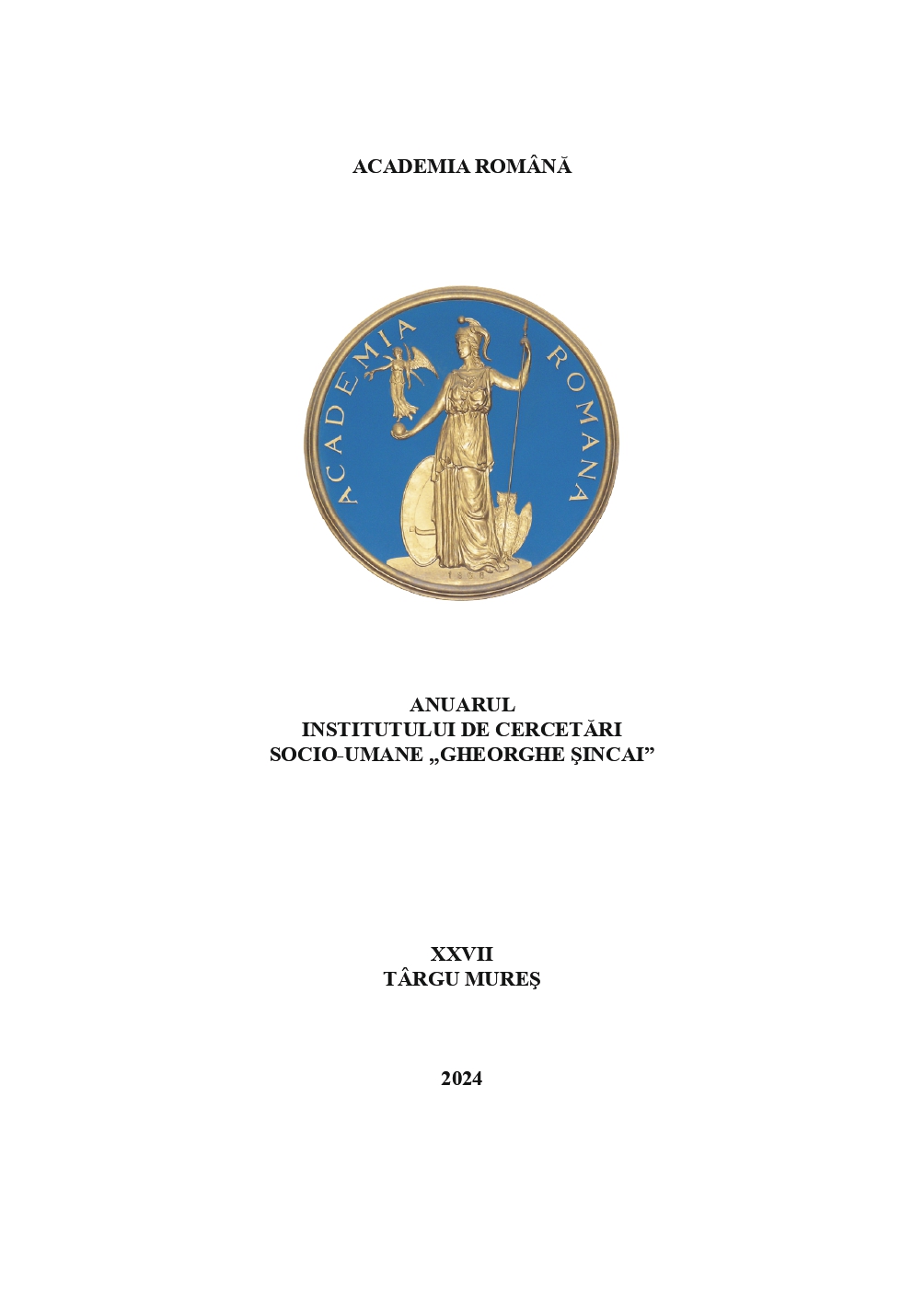UN ISTORIC AL IOBĂGIEI DIN TRANSILVANIA: DAVID PRODAN
A Historian of the Transylvanian Serfdom: David Prodan
Author(s): Cătălin CozmaSubject(s): Cultural history, Diplomatic history, History of ideas, Local History / Microhistory, Political history, Social history, Pre-WW I & WW I (1900 -1919), Interwar Period (1920 - 1939)
Published by: Institutul de Cercetări Socio-Umane Gheorghe Şincai al Academiei Române
Keywords: Historiography; Economic history; Social history; Romanian history; Transylvania; Serfdom;
Summary/Abstract: This article traces the evolution of David Prodan’s researches in the fields of social and economic history, using both his works and documents from the Cluj County Directorate of National Archives. A student of the Romanian University in Cluj, David Prodan has shown a special interest in social history studies since the very beginning of his career as a historian. Among the reasons behind this particular interest were his peasant ancestry and his desire to reconstruct the socio-economic foundations of the Transylvanian rural universe. Starting with a couple of studies about a few little-known agrarian terms, Prodan continued his researches in the sphere of social history with a new topic, that of serfdom in Transylvania. To his credit, the historian foresaw the importance of the significant gap in the Romanian historiography caused by the lack of adequate studies regarding one of the most important institutions in the socio-economic history of Transylvania. This subject was also of great importance for the history of the Romanians in this province, as the serf communities were mostly made up of Romanians. Prodan’s efforts, spanning over five decades, in researching the phenomenon of serfdom have materialized in numerous articles, studies, and monographs, appreciated by both Romanian and foreign historians.
Journal: Anuarul Institutului de Cercetări Socio-Umane »Gheorghe Şincai« al Academiei Române
- Issue Year: 27/2024
- Issue No: 27
- Page Range: 221-229
- Page Count: 9
- Language: Romanian

